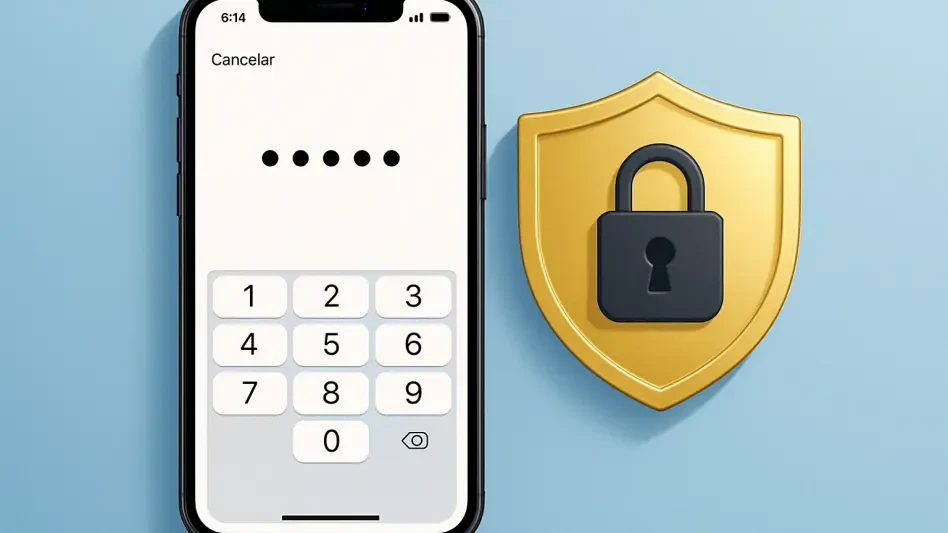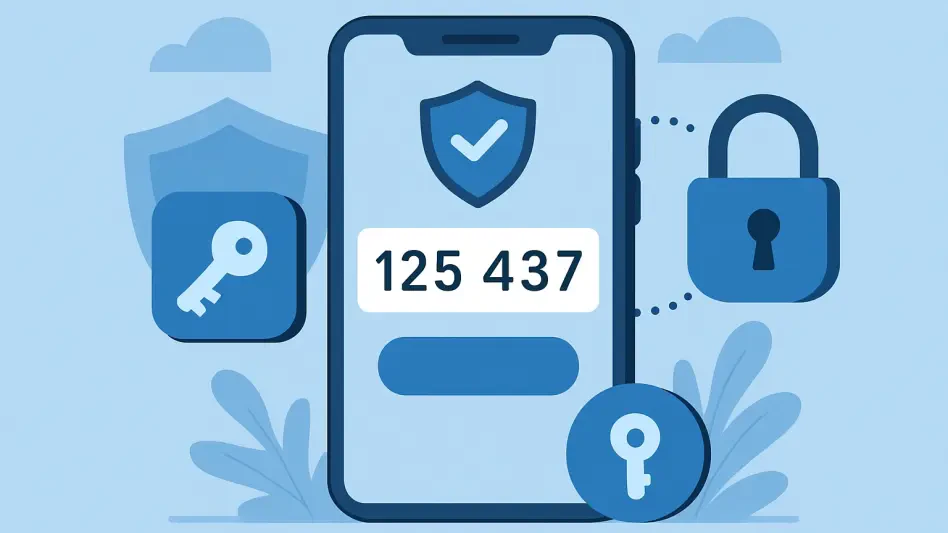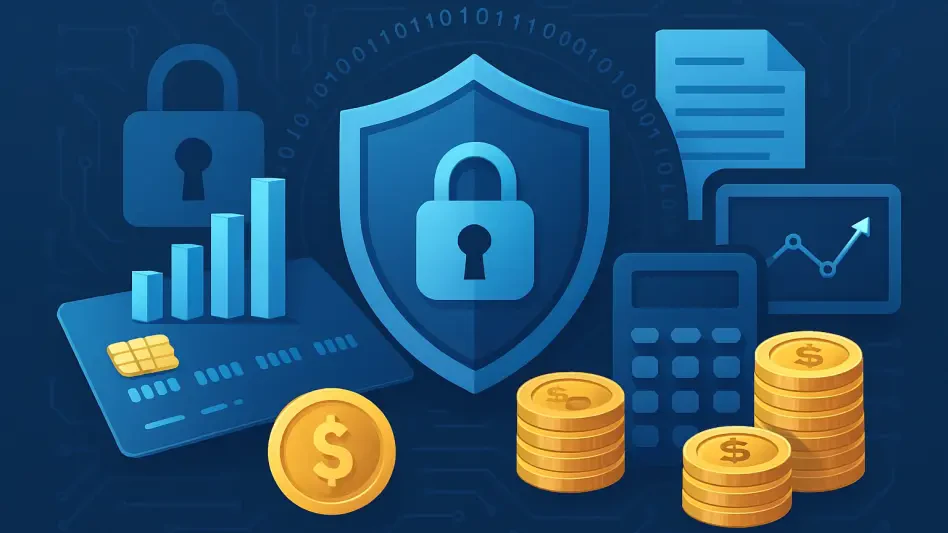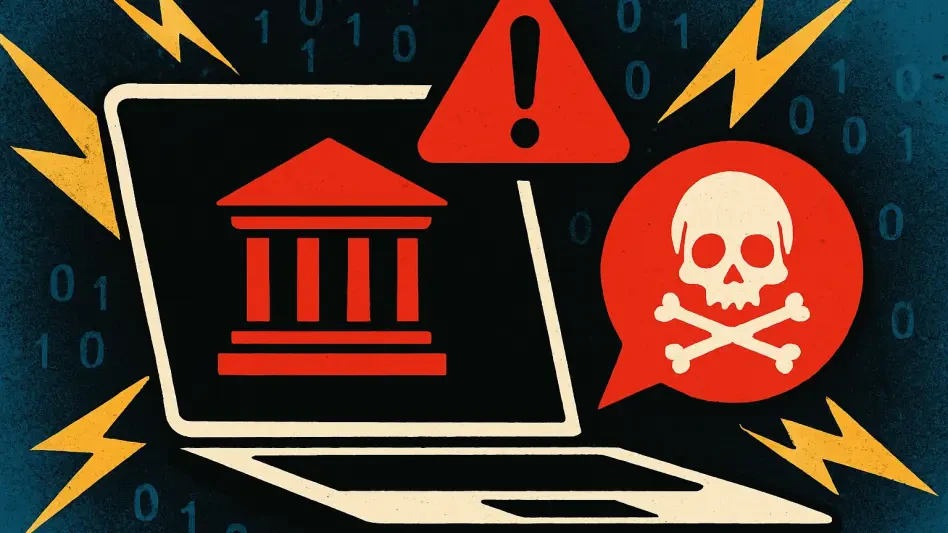In an era where digital breaches are increasingly common, with millions of accounts compromised annually due to weak or forgotten passwords, Apple’s latest innovation in iOS 26 offers a compelling solution to a pervasive problem that affects users worldwide. This update, rolled out to over 1.5 billion Apple device users globally, introduces a password version history feature within its native Passwords app. Designed to combat the frustration of accidental password changes and the security risks they pose, this enhancement provides a recoverable timeline of past credentials. Far from being just a convenience, it represents a significant leap in personal cybersecurity, addressing both immediate access issues and broader account protection needs. As digital security becomes a priority for everyday users, this feature stands out as a practical tool that could redefine how individuals manage their online identities with confidence and ease.
Unveiling the Core Functionality
Seamless Tracking of Credential Changes
The password history feature in iOS 26 operates with remarkable simplicity, ensuring that every modification to a password is automatically archived with a precise timestamp in the Passwords app. This creates a detailed log for each account, allowing users to revisit and restore previous credentials effortlessly with just a tap. What makes this even more robust is the integration with iCloud Keychain, which employs end-to-end encryption to safeguard the data. Changes made on one device, be it an iPhone, iPad, or Mac, sync instantly across all connected devices, maintaining consistency and accessibility. While the exact limit on stored password versions remains unspecified by Apple, early testing indicates a comprehensive history log that retains extensive entries for each profile. This functionality directly addresses the common issue of lockouts caused by forgotten updates, providing a safety net that minimizes disruption and enhances user control over their digital access points.
Cross-Device Synchronization and Security
Beyond the basic archiving of password changes, the cross-device synchronization in iOS 26 ensures that users experience a unified security framework across their Apple ecosystem. This means that a password updated on a Mac will reflect immediately on an iPhone or iPad, eliminating discrepancies that could lead to access issues. The end-to-end encryption via iCloud Keychain further assures that this data remains private, even as it moves between devices. Such seamless integration not only boosts convenience but also fortifies security by reducing the likelihood of users resorting to weaker passwords out of frustration with inconsistent systems. Additionally, this feature caters to a diverse user base, from casual individuals to those managing multiple accounts across devices, ensuring that protection and ease of use are universally applicable. This level of cohesion in credential management marks a significant advancement in making robust security accessible to all Apple users without requiring technical expertise.
Broader Impacts on Digital Protection
Enhancing Account Monitoring and Forensics
One of the standout benefits of the password history feature in iOS 26 lies in its capacity to support security forensics for everyday users. By maintaining a detailed log of credential changes, it becomes possible to detect unauthorized modifications that might signal a compromised account. This capability, once reserved for enterprise-level tools, empowers individuals to monitor their digital footprints proactively. For instance, spotting an unfamiliar timestamp or password change could prompt immediate action to secure an account, potentially averting a full-scale breach. Cybersecurity experts have noted that bringing such analytical tools to the consumer level is a game-changer, as it encourages a more vigilant approach to personal security. This feature transforms the Passwords app into more than just a storage solution; it becomes a critical ally in identifying and responding to threats before they escalate into significant problems.
Promoting Better Password Practices
Another profound impact of this update is its influence on password hygiene among users. The ability to review the history of credential updates for specific services allows individuals to assess how frequently they refresh their passwords, encouraging adherence to best practices like regular updates. This transparency can reveal patterns, such as reusing similar passwords or neglecting updates for certain accounts, prompting more secure habits. Industry analysts have observed that native features like this reduce reliance on third-party password managers, as Apple’s built-in tools now offer comparable sophistication with the added trust of privacy-first architecture. By embedding these capabilities directly into the iOS experience, Apple not only simplifies the process but also educates users on the importance of maintaining strong, unique credentials. This shift toward proactive management could significantly lower the incidence of security vulnerabilities stemming from poor password practices over time.
Reflecting on a Security Milestone
Looking back, the rollout of the password history feature in iOS 26 marked a defining moment in Apple’s commitment to enhancing digital safety for its extensive user base. It addressed the immediate pain of access disruptions while equipping users with tools for vigilant account oversight. This update, seamlessly woven into the broader evolution of Apple’s security ecosystem, underscored a trend of integrating advanced yet user-friendly functionalities directly into the native experience. Although minor limitations, such as the inability to recover deleted passwords, were noted, the overall impact was a fortified defense against everyday security challenges. As a next step, users were encouraged to explore this feature fully upon updating their devices, leveraging its history logs to audit and strengthen their credential practices. Additionally, staying informed about complementary security tools within the Apple ecosystem could further enhance protection, ensuring that digital interactions remained both secure and effortless in an ever-evolving threat landscape.








